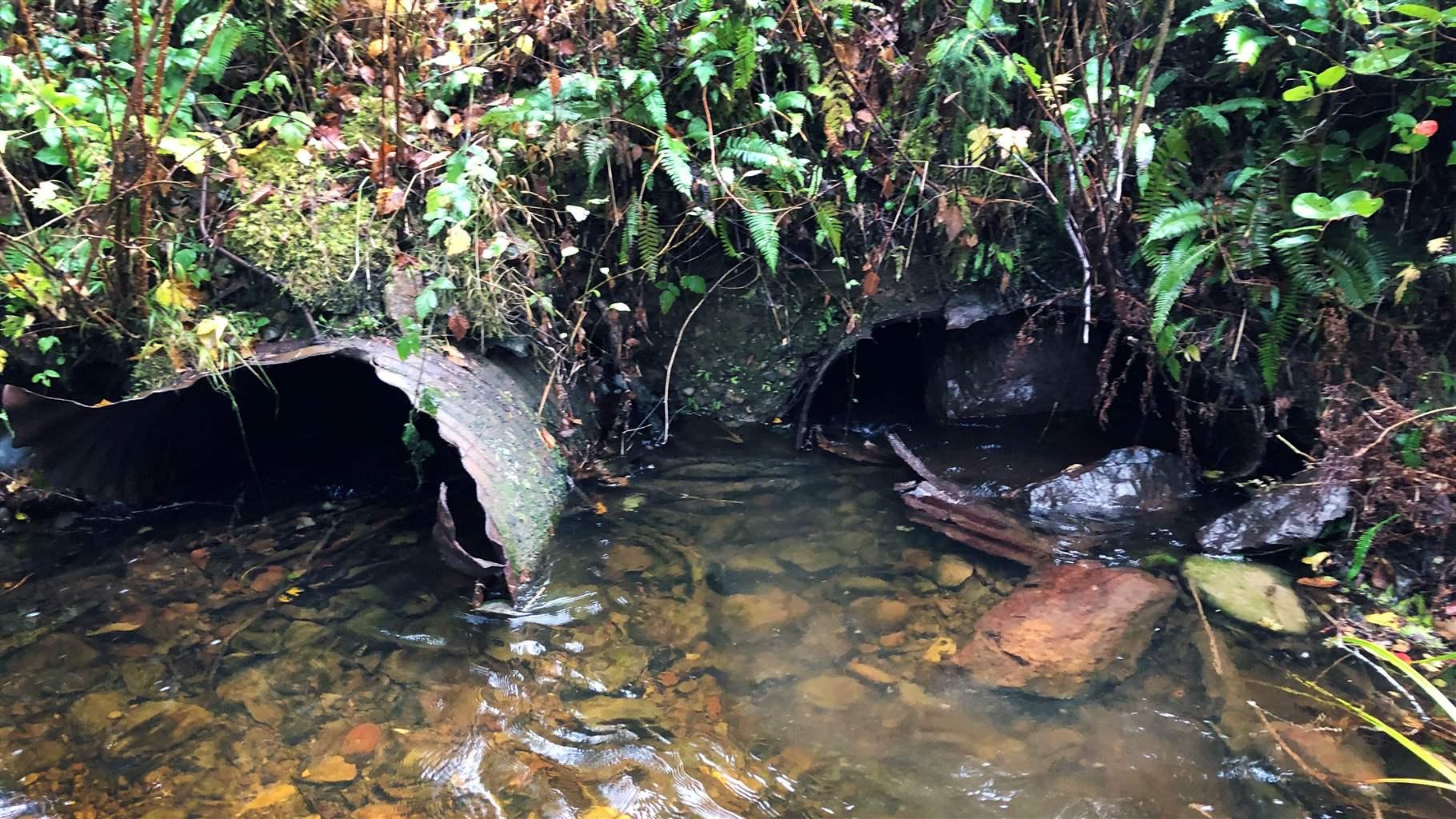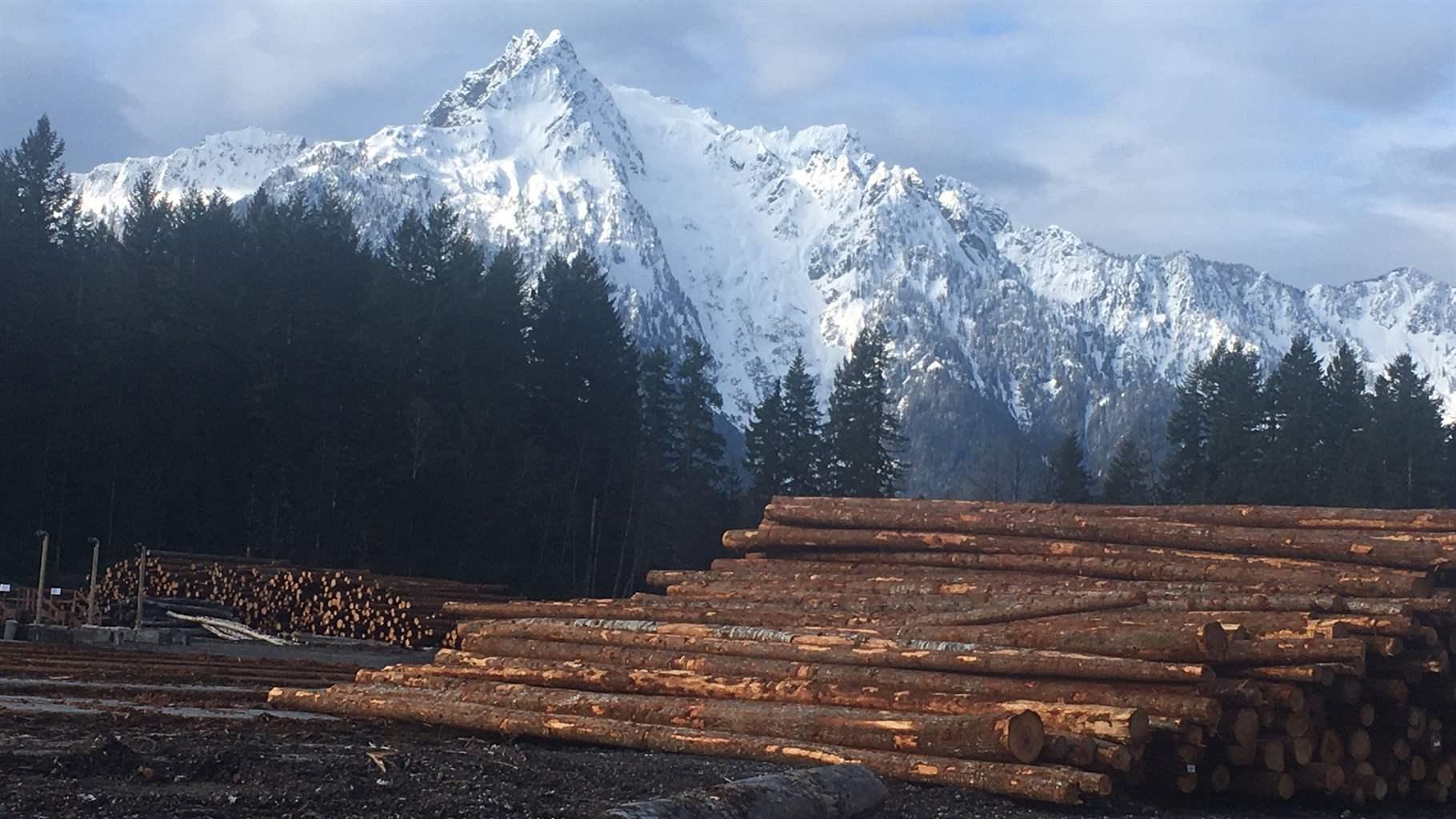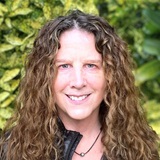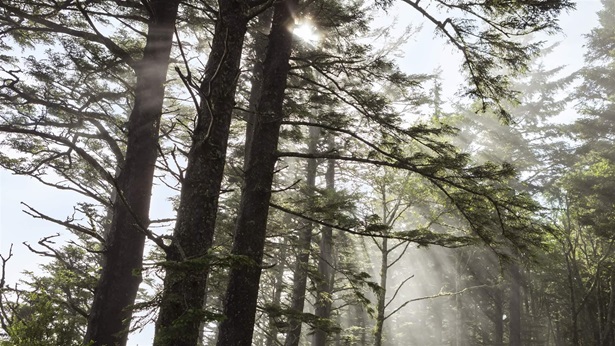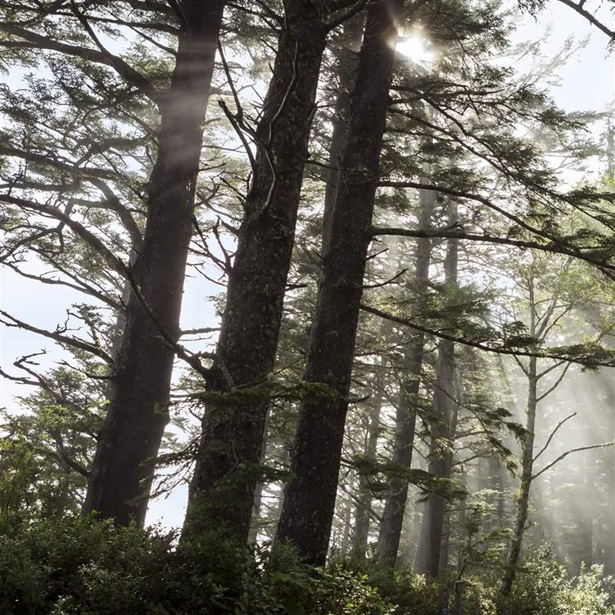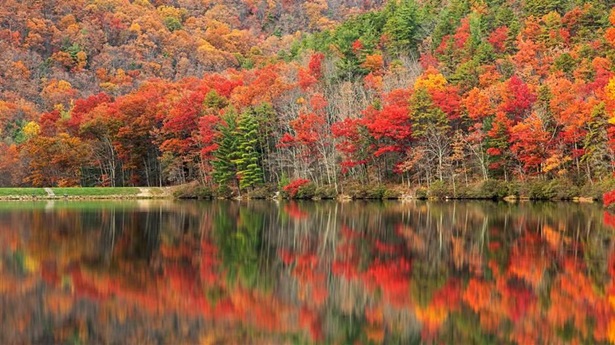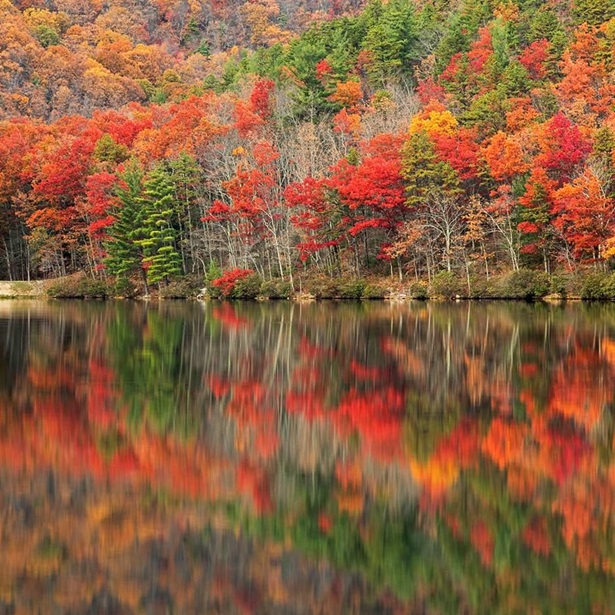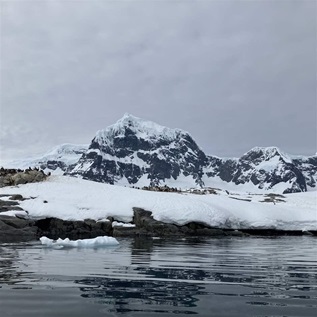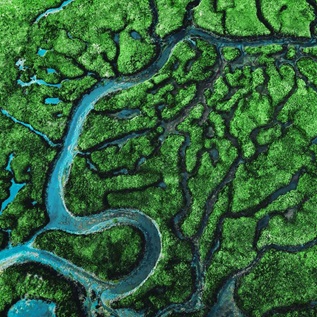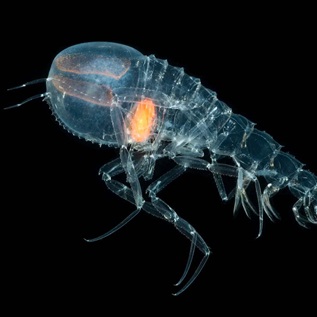Pacific Northwest ‘Forest Collaboratives’ Help Communities, Nature, and Salmon
Science, local input, and timber sales key to restoring habitat and supporting jobs
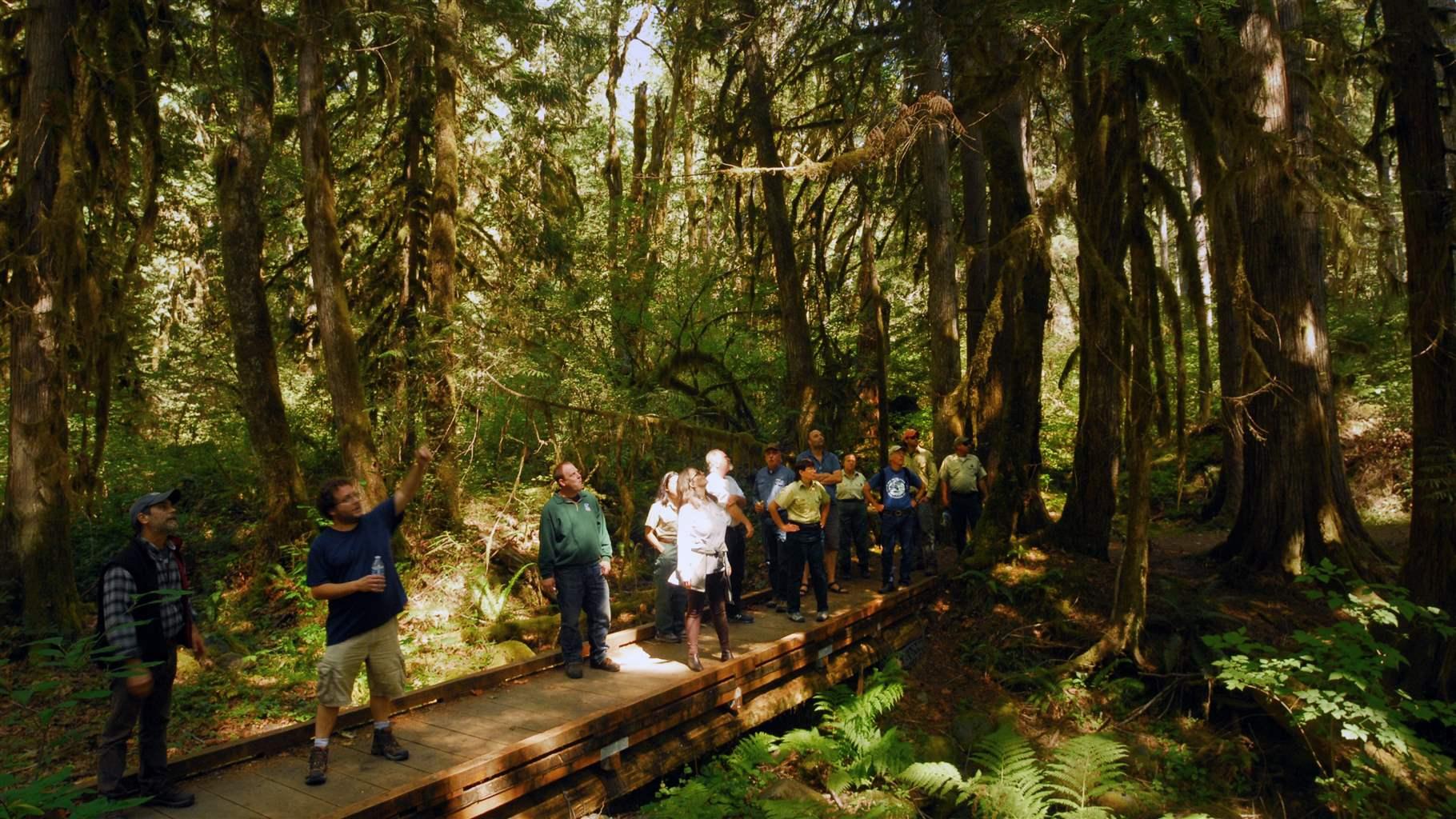
“We all want healthy forests and salmon runs, we all want clean water, and we all want strong communities,” says Dan Rankin, mayor of Darrington, Washington. Rankin made the comment in 2021 in support of an innovative partnership called a forest collaborative, an effort among numerous groups to restore critical fish and wildlife habitat, improve the health of the Mount Baker-Snoqualmie National Forest around Darrington, and support jobs.
The collaborative is just one of many in the Pacific Northwest—typically initiated by local residents—that bring together scientists, timber industry representatives, conservationists, Tribal nations, policymakers, and national forest managers to craft solutions to stagnating economies, degraded water quality, lost habitat connectivity and, depending on the type of forest, wildfire risk. The Pew Charitable Trusts is engaged in several of these efforts in Washington, including the Darrington Collaborative and the Olympic Forest Collaborative.
Successful forest collaboratives form strong community partnerships to promote and fund national forest restoration projects through stewardship sales of timber that is responsibly and sustainably harvested. These local sales are informed by scientific research, timber industry best practices, and Indigenous knowledge. This type of timber harvesting accelerates a forest’s transition from dense, second-growth monoculture stands that consist of single species to a mature and complex forest, a process that helps restore critical fish and wildlife habitat. This transition can also speed up carbon sequestration, depending on the location and type of forest, because mature and complex forests typically store more carbon than younger single-species stands.
Stewardship sales stipulate that a portion of proceeds from a timber sale be used to pay for watershed restoration in the national forest from which the timber was harvested; these projects are subject to the same National Environmental Policy Act review process as all other timber sales. In addition to providing dedicated funding for aquatic and other ecological restoration projects, stewardship sale proceeds can be leveraged to raise additional funds for restoration, increasing the scale of this work.
As forest collaboratives and similar projects are implemented, they may stimulate local economies through direct timber jobs and provide more revenue for aquatic restoration work within respective forests. The Olympic Forest Collaborative, which covers the Olympic National Forest, and the Darrington Collaborative, covering a section of the Mount Baker-Snoqualmie National Forest, are examples of how successful partnerships can bring disparate local groups together and engage residents, in addition to providing the benefits noted above.
Further, the Darrington Collaborative has an innovative STEM (science, technology, engineering, and mathematics) education program in which local youth monitor the effects of restoration projects to help build resilient and sustainable communities and healthy ecosystems.
As modeled by these two efforts in Washington, the trust and innovative thinking that forest collaboratives foster can lead to durable solutions for healthy forests and communities—in the Pacific Northwest and beyond.
Jon Owen is an officer and Cathy Mull is an administrative assistant with The Pew Charitable Trusts’ U.S. public lands and rivers conservation project.
